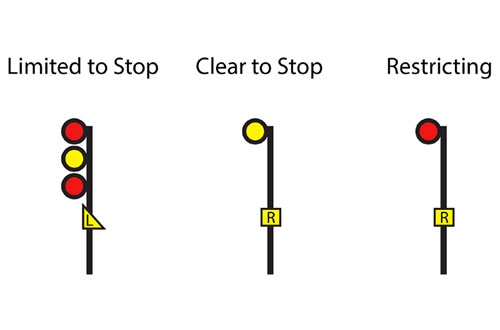TSB says Carvel accident highlights need for signal fail-safes
Written by Mischa Wanek-Libman, editor
The Transportation Safety Board of Canada (TSB) determined failure to reduce speed led to a collision of two trains near Carvel, Alberta in June 2016.
No one was injured in the incident and a single empty hopper car sustained minor damage. TSB says the accident “highlights the systemic risks of not following railway signal indications.” The incident report focuses on a number of safety risks, including the absence of physical fail-safe defenses to ensure that signals are consistently recognized and followed.
Canadian National train 112 collided with the tail end of train 302, which had stopped near Carvel to allow another train to pass. According to TSB, the crew of train 112 correctly identified a signal calling for reduced speed, but passed the signal at a speed that exceeded the limit. When train 112 entered a curve at 27 mph, they saw train 203 stopped before applying the emergency brake and slowing to 18 mph before the collision. The crew of train 112 performed a visual inspection of the tail end of train 302, they did not see the damaged hopper car and did not report the incident. TSB says the collision was confirmed by remotely downloading information from the locomotive event recorder and a forward-facing video camera.
TSB reiterated that consistently following rail signal indications is one of its Watchlist issues.
“If existing signal systems do not include physical fail-safe capabilities, signal recognition or application errors by crew members may not be detected, increasing the risk of train collisions and derailments. Since 1998, the TSB has investigated 13 other similar occurrences and issued two recommendations (R13-01 and R00-04) calling for implementation of physical train controls and additional backup safety defenses to help ensure that signal indications are consistently followed. Despite





